For many cancer patients, getting to and from treatment is one of their toughest challenges. The American Cancer Society needs volunteer drivers in Frederick County to help provide transportation for people in your community.
Through the simple gift of a lift in your car, you can help carry patients one step further on the road to recovery. Schedules are flexible. Get in the driver’s seat in the fight against cancer. To volunteer, call 800-ACS-2345.

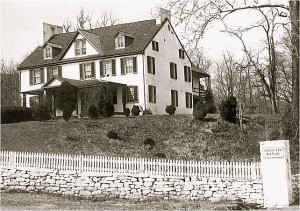 Most are familiar with the historic site of Rose Hill Manor alongside Governor Thomas Johnson High School in Frederick. This classically southern home— built over eight years, beginning in 1790, for Thomas Johnson’s daughter, Ann, after she and her husband received the land as a gift from her father on the eve of their nuptials—became popularly known as the final home of Thomas Johnson. Rose Hill is a fantastic illustration of early-American residential architecture and the Maryland-style plantation home. Thomas Johnson spent the last twenty-five years of his life, from 1794-1819, living as a guest in the mansion.
Most are familiar with the historic site of Rose Hill Manor alongside Governor Thomas Johnson High School in Frederick. This classically southern home— built over eight years, beginning in 1790, for Thomas Johnson’s daughter, Ann, after she and her husband received the land as a gift from her father on the eve of their nuptials—became popularly known as the final home of Thomas Johnson. Rose Hill is a fantastic illustration of early-American residential architecture and the Maryland-style plantation home. Thomas Johnson spent the last twenty-five years of his life, from 1794-1819, living as a guest in the mansion.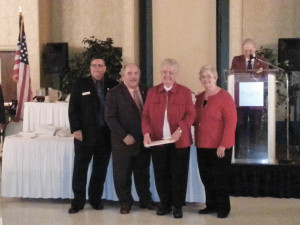 Congratulations to Helen Deluca of Thurmont, who was recently inducted into the Maryland Senior Citizens Hall of Fame. Her volunteer contributions to the Thurmont Senior Center, senior citizens in general, her church, and the community are very deserving of acknowledgement. As a column contributor to The Catoctin Banner newspaper, Helen’s willingness to communicate with readers in regard to senior citizen news has been greatly appreciated. She has a kind heart and consistent purpose. She and her husband, George, have contributed great things to our community over the years.
Congratulations to Helen Deluca of Thurmont, who was recently inducted into the Maryland Senior Citizens Hall of Fame. Her volunteer contributions to the Thurmont Senior Center, senior citizens in general, her church, and the community are very deserving of acknowledgement. As a column contributor to The Catoctin Banner newspaper, Helen’s willingness to communicate with readers in regard to senior citizen news has been greatly appreciated. She has a kind heart and consistent purpose. She and her husband, George, have contributed great things to our community over the years. 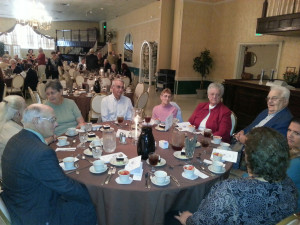
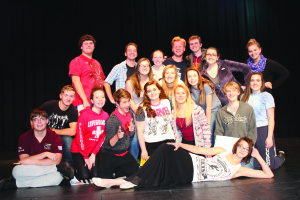 Cast is pictured after one of their many practices, preparing for their fall play, Humbletown: The Greatest Town of Earth.
Cast is pictured after one of their many practices, preparing for their fall play, Humbletown: The Greatest Town of Earth.
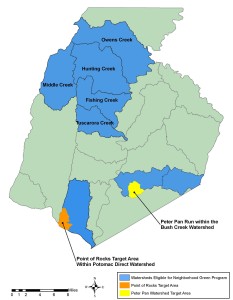 This summer, it seems that it is either intensely raining or incredibly hot and humid. As a result of all this rain, the creeks and rivers are flowing higher than average. Much of the water is also brown and full of sediment. You don’t have to be a trout fisherman to understand that sediment and polluted stormwater can negatively affect fish and other aquatic organisms. You don’t even need to be a trout fisherman (but it helps!) to realize that the Catoctin Mountains of Frederick County are one of the few places in Maryland, besides Garrett County, where brook trout are successfully reproducing. The presence of brook trout in the Catoctin region and the obvious beauty of Frederick County inspire many residents to make efforts to conserve the area’s creeks and natural resources.
This summer, it seems that it is either intensely raining or incredibly hot and humid. As a result of all this rain, the creeks and rivers are flowing higher than average. Much of the water is also brown and full of sediment. You don’t have to be a trout fisherman to understand that sediment and polluted stormwater can negatively affect fish and other aquatic organisms. You don’t even need to be a trout fisherman (but it helps!) to realize that the Catoctin Mountains of Frederick County are one of the few places in Maryland, besides Garrett County, where brook trout are successfully reproducing. The presence of brook trout in the Catoctin region and the obvious beauty of Frederick County inspire many residents to make efforts to conserve the area’s creeks and natural resources. A rain garden is an excavated depression in the soil that is planted with vegetation. It allows rainwater runoff from impervious areas like roofs, driveways, and compacted lawn areas to infiltrate into the ground. Rain gardens should not allow water to pond in them for longer than 24 hours. Some people mistakenly believe that a rain garden will attract mosquitoes, but they actually drain too quickly. One of the most important things to remember about a rain garden is that conditions are going to range from very dry between storm events to saturated during and following storms. There are many different species of plants that can grow well in a rain garden, but the range of wetness and the well-drained sandy soils that are used to create the garden mandate that species need to be carefully considered when choosing optimal species for success.
A rain garden is an excavated depression in the soil that is planted with vegetation. It allows rainwater runoff from impervious areas like roofs, driveways, and compacted lawn areas to infiltrate into the ground. Rain gardens should not allow water to pond in them for longer than 24 hours. Some people mistakenly believe that a rain garden will attract mosquitoes, but they actually drain too quickly. One of the most important things to remember about a rain garden is that conditions are going to range from very dry between storm events to saturated during and following storms. There are many different species of plants that can grow well in a rain garden, but the range of wetness and the well-drained sandy soils that are used to create the garden mandate that species need to be carefully considered when choosing optimal species for success.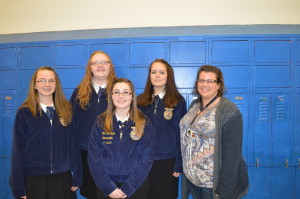
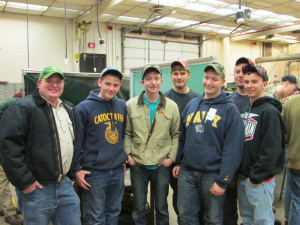

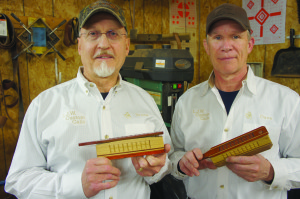
 James Rada, Jr.
James Rada, Jr.